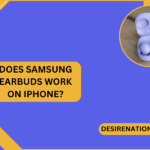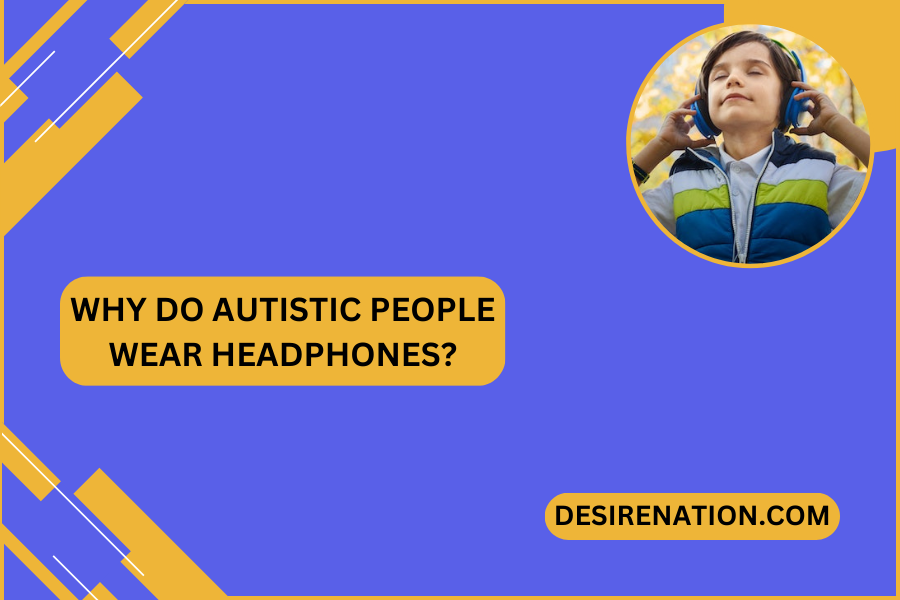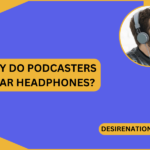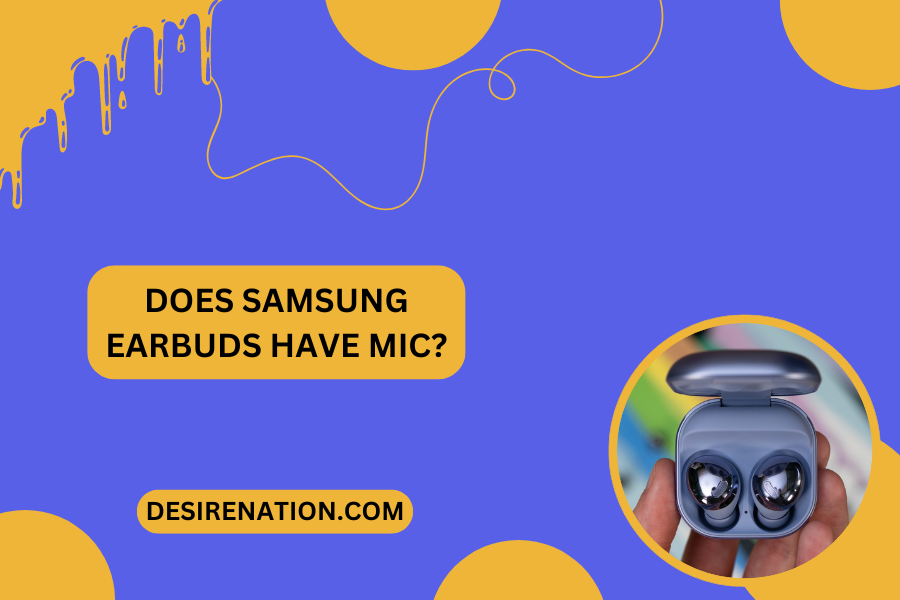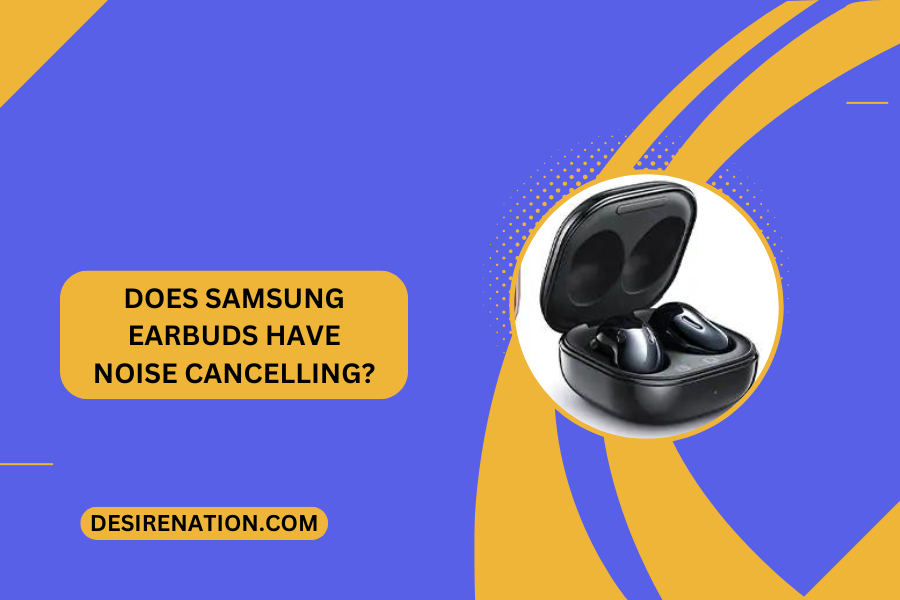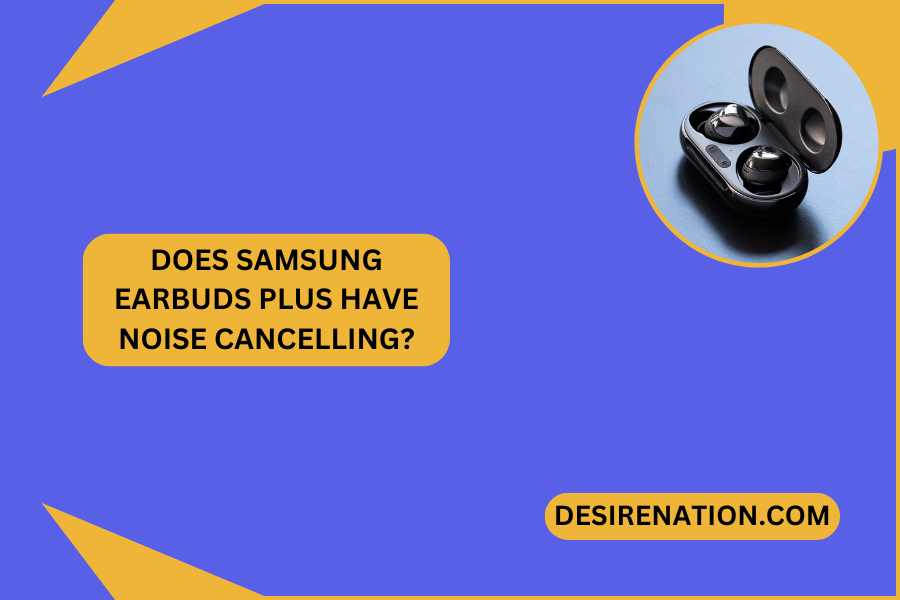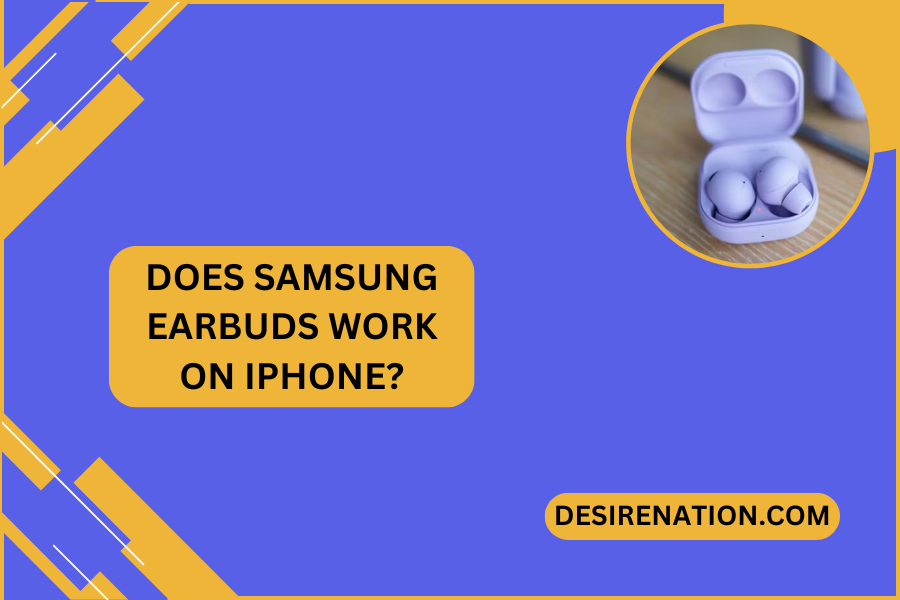Autism, a neurodevelopmental disorder, often manifests with unique sensory experiences, making the world seem overwhelming for those on the spectrum. One common observation is that many autistic individuals choose to wear headphones as a way to navigate their environment. In this article, we’ll explore the reasons behind this choice and how headphones become a valuable tool for sensory comfort in the autistic community.
1. Sensory Sensitivities:
Autistic individuals frequently experience heightened sensitivities to sensory stimuli, such as loud noises, unexpected sounds, or crowded spaces. These sensitivities can lead to sensory overload, anxiety, or discomfort. Wearing headphones provides a means of managing and minimizing exposure to these stimuli, creating a more comfortable sensory environment.
2. Noise Reduction:
Headphones serve as a barrier against the unpredictable and often overwhelming sounds of the surrounding environment. Autistic individuals may find relief by using noise-canceling or noise-isolating headphones to reduce the impact of ambient sounds, allowing them to focus and engage more effectively in their activities.
3. Creating a Predictable Environment:
Establishing a predictable and controlled sensory environment is crucial for many autistic individuals. By wearing headphones, they gain a sense of control over the auditory input in their surroundings, creating a more predictable and manageable space. This predictability contributes to a feeling of safety and reduces anxiety.
4. Calming and Self-Regulation:
The repetitive and soothing nature of music or white noise played through headphones can have a calming effect on autistic individuals. This self-regulation technique allows them to manage stress, anxiety, or emotional overload by providing a comforting and familiar auditory stimulus.
5. Coping with Social Situations:
Navigating social situations can be challenging for autistic individuals due to difficulties in processing verbal and non-verbal cues. Wearing headphones can act as a visual cue to others, signaling that the individual may need some space or is not open to social interaction at that moment. This helps in managing social expectations and reducing stress.
6. Enhancing Focus and Attention:
For tasks that require concentration, such as studying or working, headphones can serve as a tool to enhance focus. By eliminating distracting background noises, autistic individuals can channel their attention more effectively, improving their overall productivity.
7. Personalized Sensory Input:
Headphones allow autistic individuals to curate their sensory environment based on personal preferences. Whether it’s listening to a favorite song, an audiobook, or calming sounds, the ability to choose and control auditory input provides a sense of autonomy and comfort.
8. Promoting Inclusion:
Understanding and accepting the use of headphones as a sensory support tool is essential for fostering inclusivity. Recognizing and respecting an autistic individual’s need for headphones contributes to creating a more accommodating and understanding environment in various settings, including schools, workplaces, and public spaces.
Conclusion:
The choice of wearing headphones among autistic individuals is a practical and empowering strategy for managing sensory sensitivities and creating a more comfortable environment. By acknowledging and respecting this choice, society can contribute to fostering a more inclusive and understanding atmosphere for individuals on the autism spectrum. Embracing the use of headphones as a sensory support tool highlights the importance of recognizing and accommodating diverse sensory needs in the broader context of neurodiversity.
You Might Also Like These:
What are Open Back Headphones?
How to Connect Cordless Sennheiser Headphones
What Headphones Does Markiplier Use?



